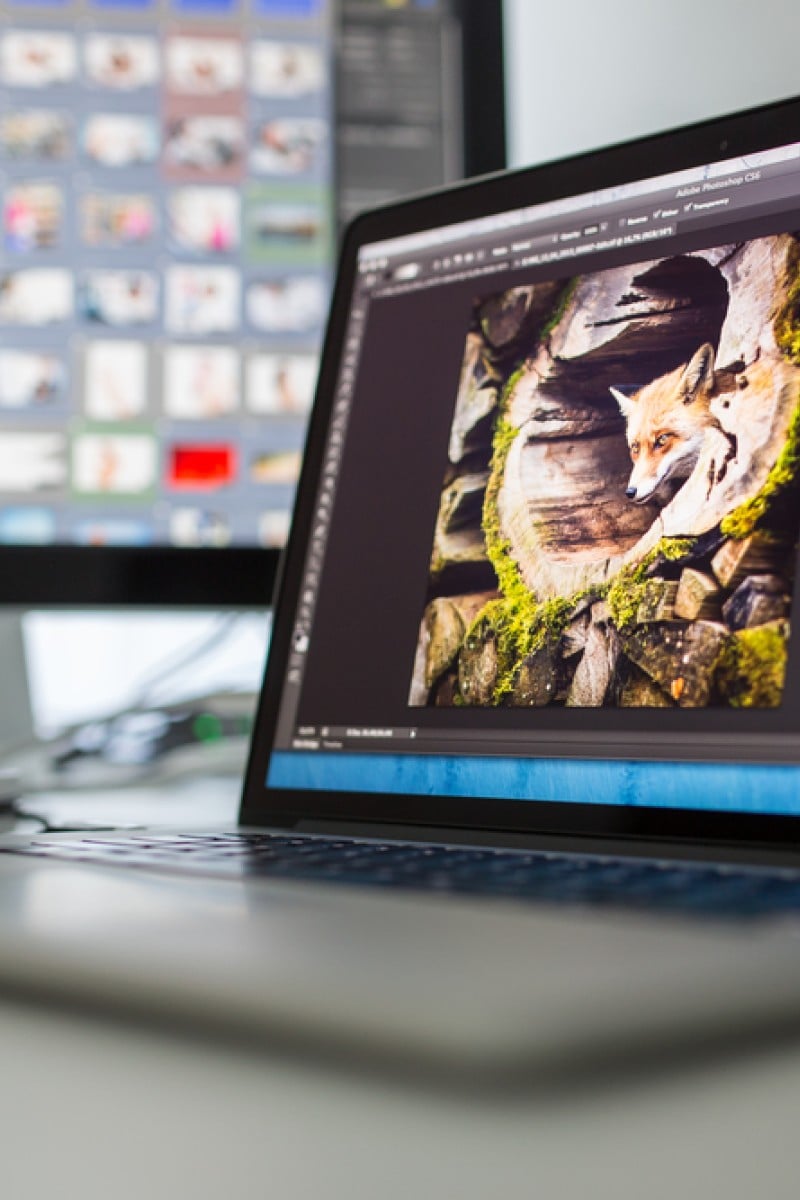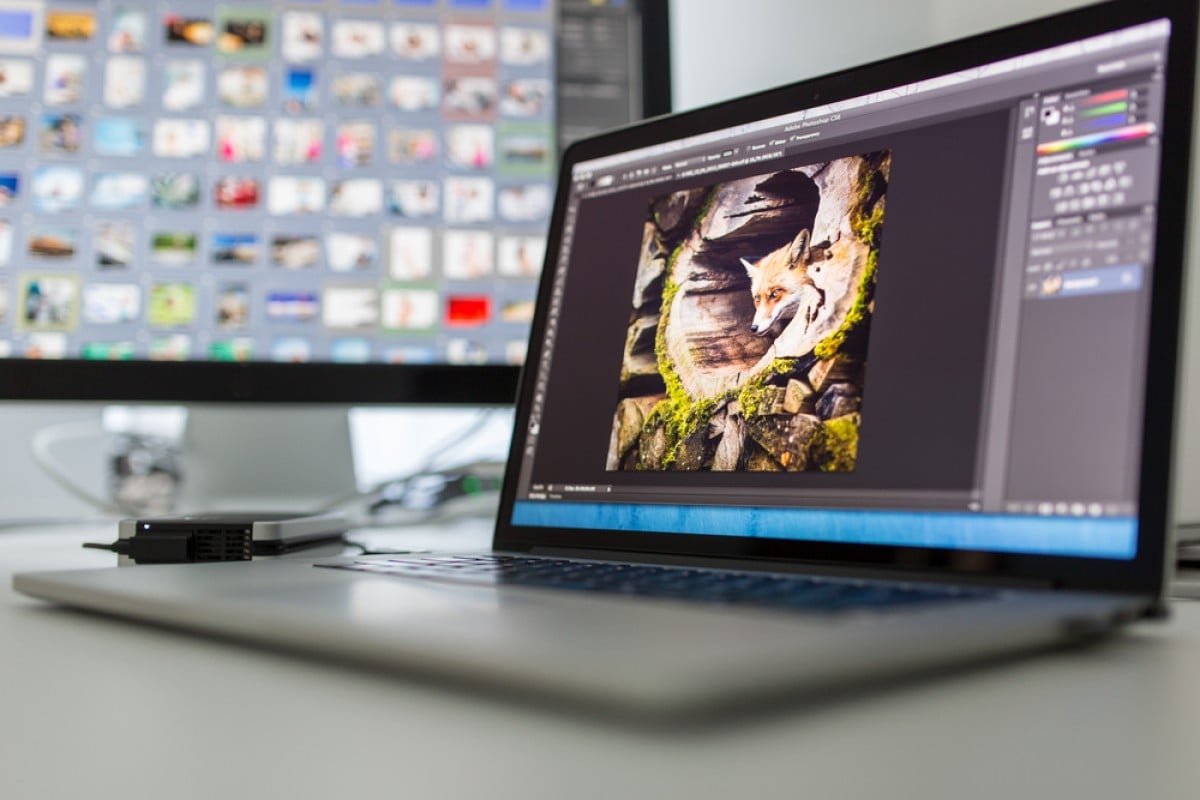
JPEG, PNG or GIF? What these image formats mean and when to use them
JPEG, PNG, or GIF? What’s the difference between these formats – and more importantly, which one will give you the best image? We have the answers

You may not pay much attention to the format of images you share, but if you want to do more than ’Gram then you’ll need to know them all. There are advantages and disadvantages to each format, and knowing which is the best to use at any given time will help you to present your photos in the best possible light. Here’s what you need to know about the four main image formats – JPEG, PNG, GIF, and raw.
JPEG:
JPEG stands for Joint Photographic Experts Group, which is the name of the organisation that developed the image format. When you save an image as a JPEG, some data from the image will be lost and deleted forever to reduce the size of the file.
This method is called “lossy compression”.
5 tips to get the perfect photo every time
JPEG is designed to compress photographs that use natural colours and light. It does not work well with line drawings of shapes, or text. Saving these kinds of graphics in JPEG often results in pixellation around the edges – when an image becomes blurry and you can see individual pixels. It’s also not a great idea to edit and save files as JPEGs several times over, because the quality of the image will be reduced each time you save.
Use JPEG if you want to make your photos small enough to share easily over the internet, but still retain fairly high image quality.
7 photography tips for taking professional photos with your smartphone
PNG:
Portable Network Graphics (PNG) are different from JPEGs because they use “lossless compression”. This means a PNG can be compressed to a smaller file size without losing any of the detail in the image. This makes PNG a good option for saving graphics – such as logos, shapes, screenshots, illustrations, and text – that you want to share over the internet, or use in presentations.
These types of graphics won’t be as pixellated in PNG form as they would be as a JPEG. You can also share, edit, and save PNG files many times without losing any of the image quality. Unlike JPEGs, PNG files also support transparency, making this the format if you want part of your image, such as the background, to be transparent.
Get inside the mind behind the lens: an insight into the philosophy of photography
GIF:
The Graphics Interchange Format (GIF) is the predecessor (something that came before another thing) to the PNG, and they both use a similar type of lossless compression.
The GIF was designed more than 30 years ago, when internet speeds were slow, and images needed to be a lot smaller to be shared easily over the web. As a result, images saved as GIFs are limited to just 256 colours, compared to around16 million possible colours in a JPEG image. This gives GIFs a grainy look full of unrealistic colours.
You probably know GIFs for their ability to animate, but originally GIFs were only static images. The animation function was added several years later.
Apart from being fun to create and share with your friends, GIFs are also good for storing simple graphics with sharp edges and basic colours in a small file size.
How to photograph neon signs in Hong Kong: 5 easy tips for photography beginners
Raw formats:
When taking photos with a digital camera, using a raw image format means the image only goes through a tiny amount of processing and compression. This gives you more options when it comes to editing and correcting your photos later.
There are many raw formats, and it depends on what type of camera or device you are using. The huge range of formats means that many programmes or websites might not be able to support them. Raw files are also much larger than other image files, making them difficult to share online.
For the best images, take photos using a raw image file on your camera first, and make changes and edits to the image later using photo editing software. You can then export the file into a format that is much smaller and easier to share online, like a JPEG.